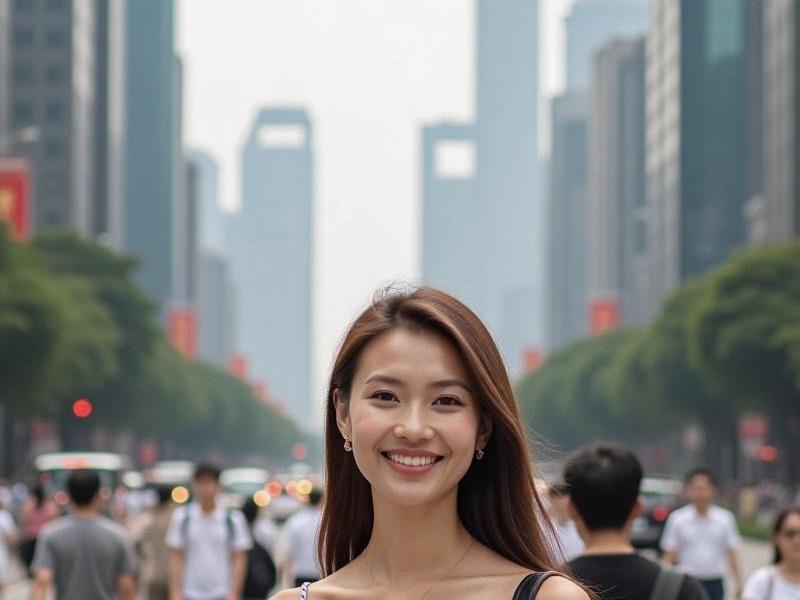This 2,700-word investigative feature examines how Shanghai and its surrounding cities are evolving into an integrated mega-region while maintaining unique cultural identities and pursuing sustainable growth.

SECTION 1: THE SHANGHAI METROPOLITAN AREA
• Geographic Scope:
- Core: Shanghai municipality (6,340 km²)
- 1-hour commute circle: Suzhou, Wuxi, Nantong
- 2-hour economic zone: Nanjing, Hangzhou, Ningbo
• Population Dynamics (2025):
- Shanghai proper: 26.8 million
- Greater Shanghai region: ~85 million
- Urbanization rate: 89%
SECTION 2: ECONOMIC INTEGRATION
• Transportation Network:
- 12 new Yangtze River crossings since 2020
上海龙凤419杨浦 - 45-minute high-speed rail to Hangzhou
- Fully automated metro expansion to Kunshan
• Industrial Clusters:
- Zhangjiang Science City (biotech/AI)
- Suzhou Industrial Park (advanced manufacturing)
- Hangzhou Future Sci-Tech City (e-commerce)
SECTION 3: CULTURAL PRESERVATION
• Heritage Sites:
- 38 UNESCO-protected locations in region
- Revitalized Shanghai shikumen neighborhoods
- Preserved Jiangnan water towns (Zhouzhuang, Tongli)
上海花千坊龙凤 • Creative Industries:
- 62% of China's animation studios
- 45% of national museum-quality art collections
- 28 UNESCO Creative Cities in region
SECTION 4: SUSTAINABLE DEVELOPMENT
• Green Initiatives:
- 1,200 km of new urban greenways
- 65% public transport modal share
- 42% renewable energy usage
• Ecological Protection:
- Chongming Island eco-development
上海花千坊爱上海 - Tai Lake cleanup project
- Yangtze River dolphin conservation
CASE STUDIES:
1. The Shanghai-Suzhou Innovation Corridor
2. Hangzhou's Smart City Transformation
3. Nantong's Yangtze River Ecological Restoration
"Greater Shanghai represents the most advanced urban integration experiment in the developing world," notes urban planning expert Dr. Michael Chen. "It's creating a new model where economic growth, cultural preservation, and environmental sustainability aren't mutually exclusive."
From the skyscrapers of Lujiazui to the tea fields of Hangzhou, from Suzhou's classical gardens to Shanghai's art deco landmarks, this region continues to redefine what's possible in 21st century urban development.